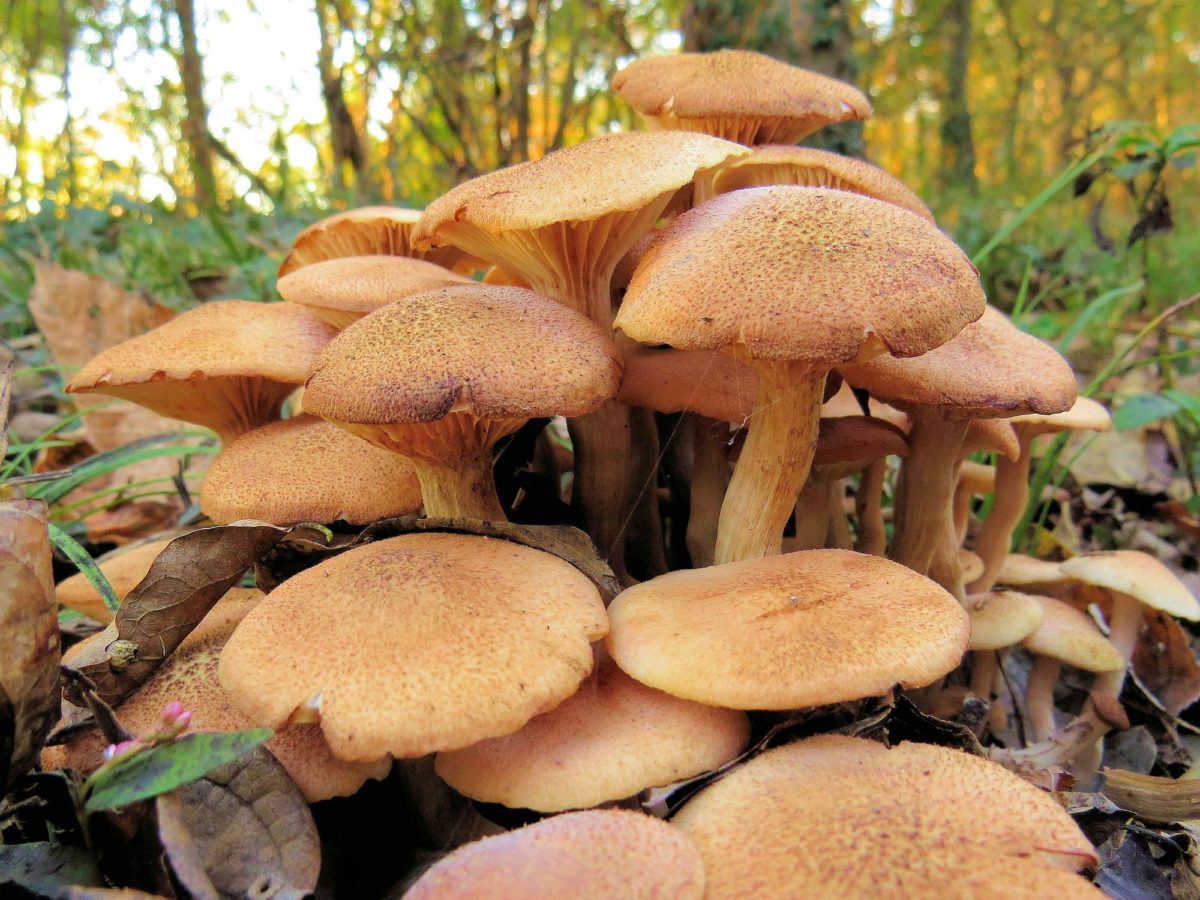Scientists are campaigning to have endangered fungi from across Australasia included in the Global Red List of threatened species.
Manaaki Whenua – Landcare Research mycologist Peter Buchanan has helped organise the first International Union for Conservation of Nature (IUCN) Global Red List Workshop on Australasia’s threatened fungi.
The workshop takes place on 22–26 July at the Melbourne Botanic Gardens.
The workshop will examine up to 100 potentially threatened species of fungi from New Zealand, Australia and New Caledonia, and evaluate their predicted survival against the international criteria set by IUCN for inclusion in the Global Red List.
Dr Buchanan says the focus is on evidence to support conservation action to ensure survival of our native species (fauna, flora, and fungi), which will be helped by inclusion in the Global Red List of species of fungi that are threatened with extinction.
“Once listed, there is an evidence base from which conservation action, such as habitat protection, can be developed. For New Zealand, IUCN Red List status will add to our assessment of fungi according to DOC’s NZ Threat Classification System, which is modelled on IUCN criteria.”
Until 2014, the fungal kingdom, the second largest kingdom of life after the animal kingdom, was only represented by three species on the Global Red List. By comparison, 10,570 plant species and an even larger number of animal species fill out the list.
Dr Buchanan says around 2010 some mycologists decided to raise awareness that some fungi, like all other groups of life, are threatened with extinction due to the same factors – habitat loss, pollution, over-harvesting and global warming – that affect the survival of animals and plants.
“Humanity has a temptation to over-value and prioritise conservation of the colourful, cute and cuddly, and ignore other less charismatic forms of life – yet life on this planet cannot exist without the so-called ‘non-charismatic’ majority of biodiversity,” Dr Buchanan says.
The workshop will cover the criteria used by IUCN to assess any organism for its potential Red List status, and, specifically, how these criteria are applied to fungi.
Dr Buchanan says fungi are quite challenging to assess because they can be invisible when in their “feeding stage” down in the soil, wood, or leaves.
“We typically only notice them when they reproduce and we see their fruiting bodies, including mushrooms, brackets, puffballs, or smaller fruiting bodies within spots on leaves.”
Up to 100 species of Australasian fungi have been nominated for consideration because of their rarity and threats to the continued survival of the species. Recommendations will then go to the IUCN for formal evaluation.
The workshop has been given financial assistance by the IUCN, the Mohamed bin Zayed Conservation Fund, the National Herbarium of Vic.
Source: Landcare Research












